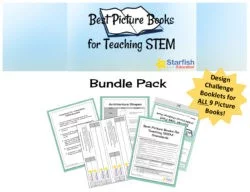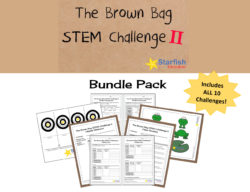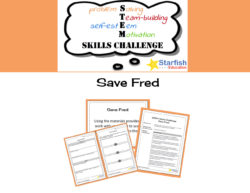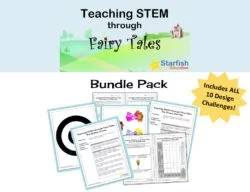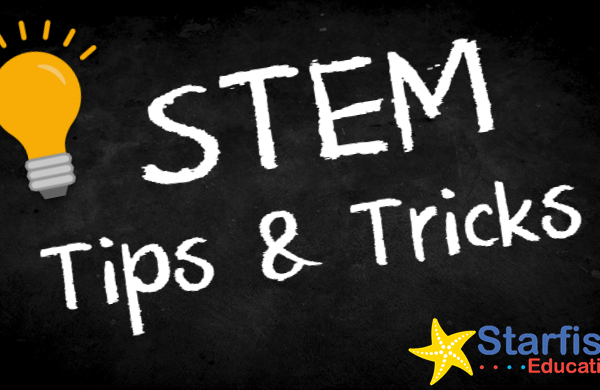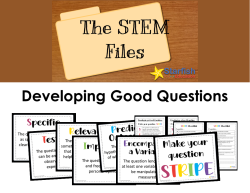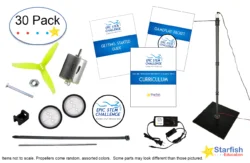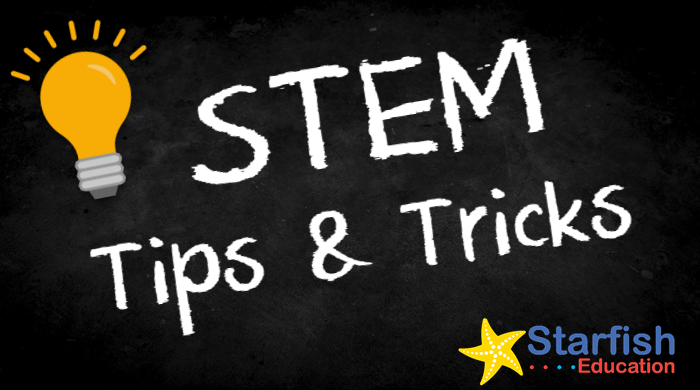
Nurturing a love for science, technology, engineering, and mathematics (STEM) starts early. In their primary years, children are naturally curious and eager to explore, making them primed for exciting STEM learning experiences. But how can we effectively incorporate STEM into their young lives? Here are some best strategies to incorporate to help your kids get the most from STEM experiences in their primary years:
Make it Hands-On and Playful
Young children learn best through active exploration and play. One of the best ways to introduce STEM education to kids is through hands-on activities. This can involve practical activities where students can use their hands, such as designing and building projects or conducting experiments and can also involve some easy engineering design challenge like The Three Little Pigs.
Point Out STEM in Everyday Tasks
Get kids comfortable with STEM concepts by having them help with everyday tasks like cooking and gardening. This can help them see the real-world applications of STEM and make the subjects more relatable. STEM can be found in everyday tasks; Sometimes we even use STEM skills and don’t realize it!
Tap Into Natural Interests
Kids are naturally drawn to certain subjects and activities. Use their interests as a springboard for STEM exploration. If they love dinosaurs, help them design their own dinosaur habitat. If they’re fascinated by the stars, find a way to create a mini solar system.
Encourage Group Play
Learning is more fun and engaging when done together. Encourage collaboration through STEM activities like launching paper frogs at lily pads or designing a solution to help Save Fred. Encourage group play to keep STEM activities engaging. This can help students work together to find creative solutions and develop their collaboration and communication skills.
Use of Language and Reading
Use language and reading as a springboard to launch STEM investigations that help kids explore science concepts and help develop reasoning and problem-solving skills. Using picture books to help introduce STEM concepts encourages literacy and demonstrates that STEM is interdisciplinary.
As you work with primary students to help them develop STEM concepts, remember that STEM doesn’t exist in a vacuum. By showing kids how STEM connects to their everyday lives, it will spark their natural curiosity.
Subscribe to Stay Connected!
-
Best Picture Books for Teaching STEM- Bundle Pack
$23.95 -
Brown Bag STEM Challenge II – Bundle Pack
$23.95 -
STEM Skills Challenge- Save Fred
$2.95 -
Teaching STEM through Fairy Tales – Bundle Pack
$16.95

